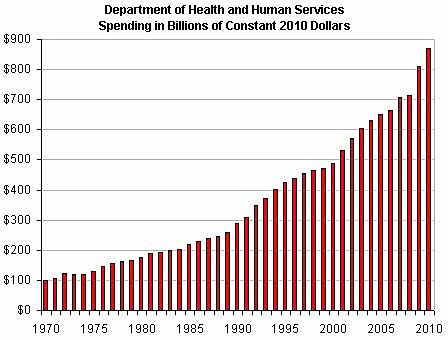Despite nearly two decades of state and federal standards-and-testing, as well as big increases in spending, today’s reading results from the National Assessment of Educational Progress — the so-called “Nation’s Report Card” — continue to tell a tale of stagnation. Nationally, the average fourth-grade score was 217 (out of 500) in 1992. In 2009 it was only 221. For eighth grade, the average score in 1992 was 260. In 2009 it was just 264. Oh, and eighth-graders had hit 264 by 1998, which means there hasn’t been even a smidgen of improvement since then.
“But,” will say the standardizers, “the problem is that we just haven’t set really high standards and been unrelenting in forcing schools to meet them.” You know, we haven’t been like Massachusetts, which has shown the rest of the nation the way.
Think again. It turns out there very well might be a Massachusetts Mirage.
The average eighth grade score in the Bay State went up just one, tiny point between 2007 and 2009, going from 273 to 274, and it has been stuck around 273 since 2003. Worse yet, in fourth grade the average score dropped from 236 to 234 between 2007 and 2009, and the Bay State had hit 234 as early as 2002.
Now, can we tell definitively from either the national or Massachusetts scores that centralized standards-and-accountability regimes don’t work? Nope. There are far too many variables involved in education, from child nutrition to the weather on test day, to make such a pronouncement. But we can say that those who are trying to sell us centralized control of education had also better not point to national scores, or scores in the sainted state of Massachusetts, as any kind of evidence that centralized standards-and testing works.
I’m not getting my hopes up.
